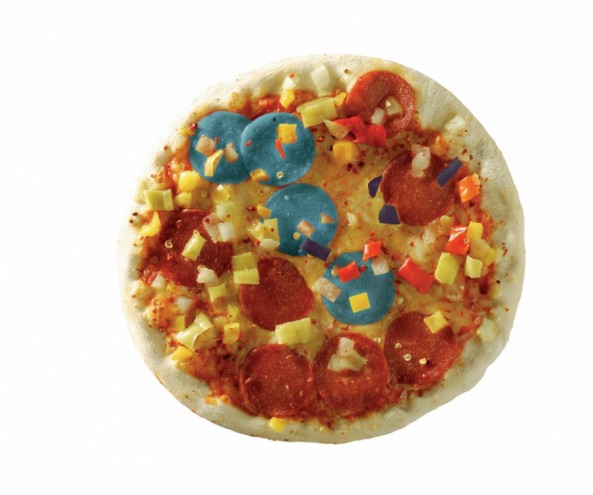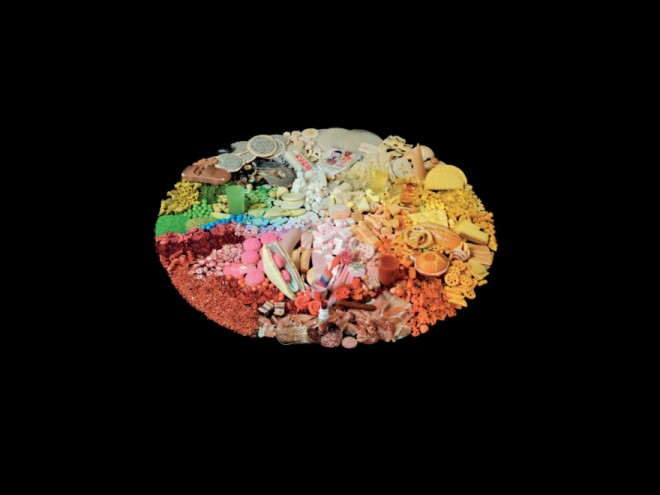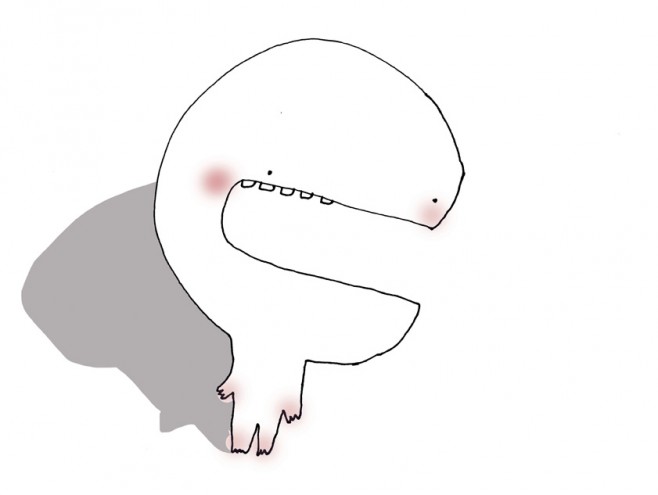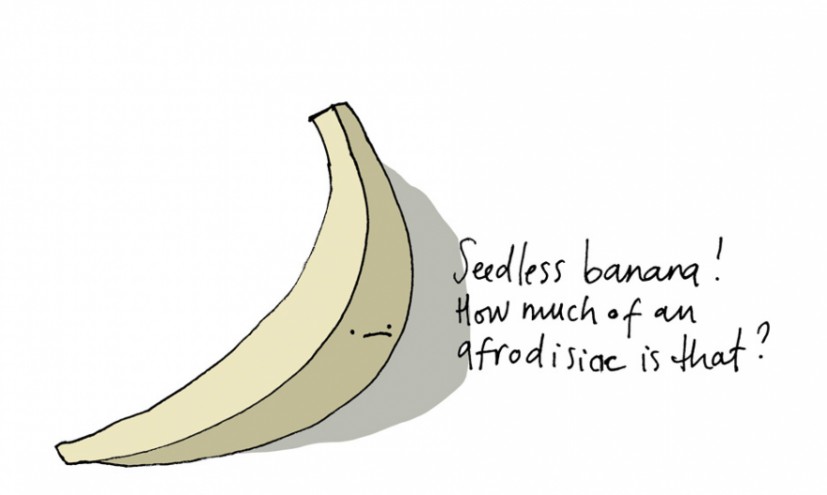First Published in
Design has played a role in what lands up on our dinner plates for as long as animals have been domesticated and plants have been cultivated. “I think it’s the oldest form of art,” says Martin Hablesreiter, architect and co-author with Sonja Stummerer of Food Design XL. “You first need to feed the guy who’s painting the wall in the cave. People had to do something with the food they found – they started to conserve it, transport it, make it better.”
The need to make food easier to prepare, transport, preserve and, ultimately, eat has motivated anonymous, unwitting food designers for centuries. Designing food is about more than playing with food to manipulate its shape, colour and texture. It speaks to economics, ergonomics and the endless human desire for something new, as these common supermarket items show.
Carrots
Asking why carrots are orange might sound like a question for a horticulturist, but the truth is that you might be better off asking a political scientist – or a Dutch football fan. The tawny coloured vegetable actually exists in nature in a rainbow of colours, from red, yellow and white to purple.
Orange carrots allegedly became the norm in 17th-century Holland, when farmers are thought to have cultivated them to show their loyalty to William of Orange, who led the struggle for Dutch independence. Though they are now the de facto carrot, the orange cultivars may not even have existed before the 16th century, say some scholars. They were probably formed when Eastern (purple), Western (white and red) and wild carrots were crossed, more than likely in Turkey.
Pasta
Pasta is the ultimate example of how shape can subtly affect the taste and texture of food. The traditional shapes evolved for a purpose – from the frilly edges of lasagne, which facilitates overlapping the edges of each sheet to stop the sauce from leaking, to the pinched middle of the butterfly-shaped farfalle, which keeps them al dente and is handy for retaining sauce.
Why then the long, slippery strands of spaghetti, which make it difficult to eat? Hablesreiter says the shape dates back to the earliest days of drying pasta in Naples when the most economical use of space was to hang long narrow strips on ropes, washing-line style.
Pasta shapes have changed with the times too. Radiatori – meaning “radiators” – were created between the world wars to mimic the design of old industrial heaters, which had a straight pipe with concentric, parallel fins. Besides presenting consumers with a novel shape, the design of radiatori creates more surface area to absorb flavour and trap sauce. Unmistakably floral-looking, campanelle, also known as gigli, seem to have been designed purely to deliver a more fantastical pasta shape to appeal to consumers.
Cornish Pasties
While richly flavoured pasties were originally eaten only by England’s royalty and wealthy upper crust in the 13th century, the Cornish Pasty had humble beginnings as a packed lunch for tin and copper miners in Cornwall in the 18th and 19th century. The pastry pocket was ingeniously designed to be the portable and nutritious meal miners needed to get through a hard day’s slog underground.
The pastry was thick enough to contain its filling of beef, potatoes, onion and turnip, while some even had a sweet filling at the other end so the miner could enjoy a bit of dessert. Additionally, the curved crust allowed the miner to hold his lunch without worrying about his dirty hands, sometimes traced with arsenic from the mines.
As the Cornish mining industry collapsed, many miners went to places such as the USA, Australia and South Africa in search of work, taking their traditional pies with them.
Bananas
We may have monkeys to thank for demonstrating how to eat bananas, but the fruit as we know it today could not have existed without human intervention. Although the exact history is unknown, the evidence is in the fact that grocer-issued bananas do not have seeds, so they cannot reproduce on their own. Wild bananas are actually packed with many large, hard seeds, making them difficult to eat.
Over the thousands of years that humans have domesticated bananas, we’ve also selected other features that suit our lifestyles: Their elegant curve makes them easy to hold and their colouring indicates ripeness. All round, the modern-day banana is a highly successful product of “intelligent design”.
Pretzels
While not everyone agrees on how pretzels got their distinctive looped shape, the most common tale is that an Italian monk came up with the baked snack in 610AD as a reward to children who learned their prayers. The looped design was supposed to resemble arms crossing the chest and was called "pretiola", meaning “little rewards”. The ingredients of pretzels also have Christian significance: They were made with only flour and water so that they could be eaten during Lent, when Christians are forbidden to eat eggs, lard or dairy products.
Pizza
Step inside any $2-slice pizza parlour in New York City and you’ll soon realise why the popular pie is round. The baker takes a piece of dough, and twirls it around and around his finger, naturally forming a circle. “Form follows production,” says Hablesreiter. “It is the easiest way to produce a super-thin piece of dough.”
Before it became America’s most popular street food, however, pizza began life as a kind of plate for poor Neapolitans to carry their food to be cooked in a communal oven in the city centre. The items on top of the dough were too hot to be picked up by hand, so the baked dough became a portable surface that was then easy to eat on the street. “It’s a bit perverse nowadays to see pizza eaten on a plate!” exclaims Hablesreiter.
Fish fingers
Fish fingers cram texture, taste, shape and production methods into one successful, compact design. They were invented by Clarence Birdseye, founder of Birdseye Seafoods Inc, whose much more significant invention was finding a way to flash-freeze food after working as a naturalist in the Arctic for the USA government. There he observed how the Inuit people used a combination of ice, wind and low temperatures to freeze just-caught fish almost instantly. He subsequently developed a system that cut fish into rectangular Lego-like pieces and packed them into waxed-cardboard cartons, which were flash-frozen under high pressure.
Things really took off for the humble fish finger when it was introduced to Britain after World War II. With its golden crumbed coating and abstract shape, fish fingers were palatable to Britons, who traditionally hated fish. Much of that appeal had to do with its crunchy exterior and softer filling. “We have many sensitive nerve endings inside our mouths, so food products that combine different textures are much more appealing,” notes Hablesreiter.
The future
So what about the future of food design? While the jury’s still out on the ethics and consequences, genetically modified crops have become the norm in many countries such as the USA, China, India and South Africa.
The FDA is already evaluating its first GMO animal: Atlantic salmon that have had two foreign DNA sequences inserted into their genomes to make them grow to full size in almost half the amount of time as regular salmon. Canada is dipping its toes in trademarking too, with the Enviropig™ – a limited production of pigs whose genes have been tinkered with to produce 65% less phosphorous in their waste.
As we seek ways to streamline the production of food and enhance our experience of it, we’ve entered new territory where the limits of how far design can go are only now beginning to be pushed.













